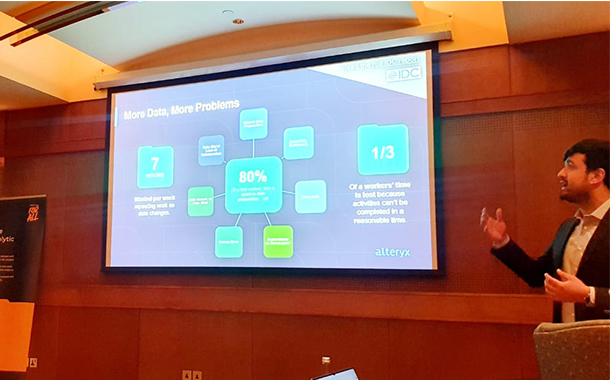A number of trends around autonomous computing and artificial intelligence are expected to dominate 2019 into the years ahead. One of the most important that is fast developing and taking shape is the connected car. This is a highly disruptive trend but not one that is going to roll out in a hurry.
The connected car requires a large number of partnerships and moving parts, which many of the present incumbents do not possess. This is going to trigger strategic acquisitions and mergers, as the incumbents jostle for a position of leadership, while coming face to face with their digital counterparts including Apple, Google and Uber.
Vehicle as a service will continue to drive the disruption in the transportation and automobile industry, as the benefits of the service become more commonplace and its operations become more legalised. Connected car technologies will feed the growth of vehicle as a service business, leading to reduction of costs driven by automation, artificial intelligence, and predictive analytics.
Adoption of connected and autonomous cars into mainstream industry will also drive scrutiny into success and failure ratios. Success will drive transparency and growth of the business model, while failure will set the reverse into motion including societal and legislative rejection.
Finally, the enormous amount of personal information gathered by the usage of connected and autonomous cars, will create huge challenges of data privacy and data security. These will need to be circumvented both by legislation as well as technology, creating opportunities for innovation while raising the risk profile as well.
Artificial intelligence will come to the rescue of the brick and mortar retail industry in 2019 by generating better insights into customer requirements and customer experiences. New data sources like surveillance cameras, shelf cameras, proximity sensors, movement sensors, self-checkout counters, will be fed into artificial intelligence models controlling inventory management and micro-targeted marketing.
However, retail businesses will face challenges in uniformly scaling this capability across multiple, dispersed outlets.
As data aggregation capabilities scale in 2019 across retail and other industries, businesses may soon begin to face a backlash of not aggregating enough data of the right type. In retrograde fashion, businesses will soon begin to formulate data minimisation policies to ensure they are consolidating and processing more data of the right type and not data that is of little business value.
The benefits of reinforcement learning will also surface in 2019 as an alternative solution to machine learning to generate the best offers to customers or to optimise supply chain performance, as an example. Machine learning cannot be applied to complex problems that involve multiple parameters and combination of successive events, leading to an outcome.
Machine learning on the other hand will continue to be applied to synthetic identity fraud involving electronic payments. Deep learning will be used to monitor all types of fraud patterns through integration of multiple channels of payment.
Manufacturers of image detection equipment like smart cameras and surveillance equipment will relook at their OEM software tool kits to bring in more intelligent functionality in 2019. Basic image management functions will be upgraded around artificial intelligence algorithms to provide more plug and play, smart and intelligent functions, with high value at low cost and low risk.
Artificial intelligence techniques will also come into play to annotate human data required to train and build a deep learning tool.
Creating, customised, high quality data, to improve an algorithmic model, is a time consuming and expensive exercise, usually involving subject matter experts. In 2019, tools based on artificial intelligence will be able to auto label data, hugely reducing cost and time, and driving the adoption of artificial intelligence in enterprises.
Machine learning itself will go through a sea change, moving from single, narrow, outcome-based tasks, to one that works jointly across multiple single tasks. This will be enabled by adding context-aware functionality that operates hierarchically or at different spatial levels.
2019 will be a year where data structures, artificial intelligence, analytics, machine and deep learning, begin to show their true potential in driving transformation in the years ahead.
Key takeaways
- Vehicle as a service will continue to drive the disruption in the transportation industry.
- The enormous amount of personal information gathered by the usage of connected cars will create challenges of data privacy.
- New data sources like surveillance cameras, movement sensors, will be fed into artificial intelligence models controlling micro marketing.
- Creating high quality data to improve an algorithmic model is a time consuming and expensive exercise.
- Tools based on artificial intelligence will be able to auto label data reducing cost and time.
- Machine learning will go through sea change moving from outcome-based tasks, to one that works jointly across multiple single tasks.
- Artificial intelligence techniques will come into play to annotate human data required to train and build a deep learning tool.
Artificial intelligence and machine learning applied across the enterprise is creating opportunities for business, writes Jamil Jeitani at Teradata GCC.

























